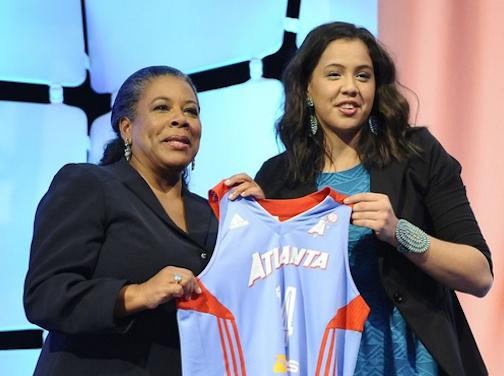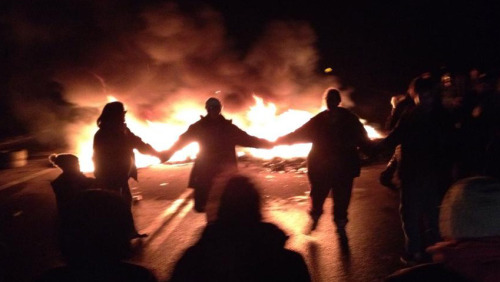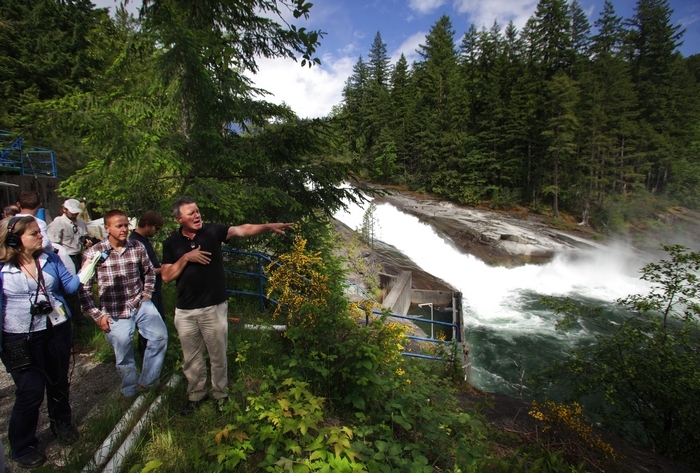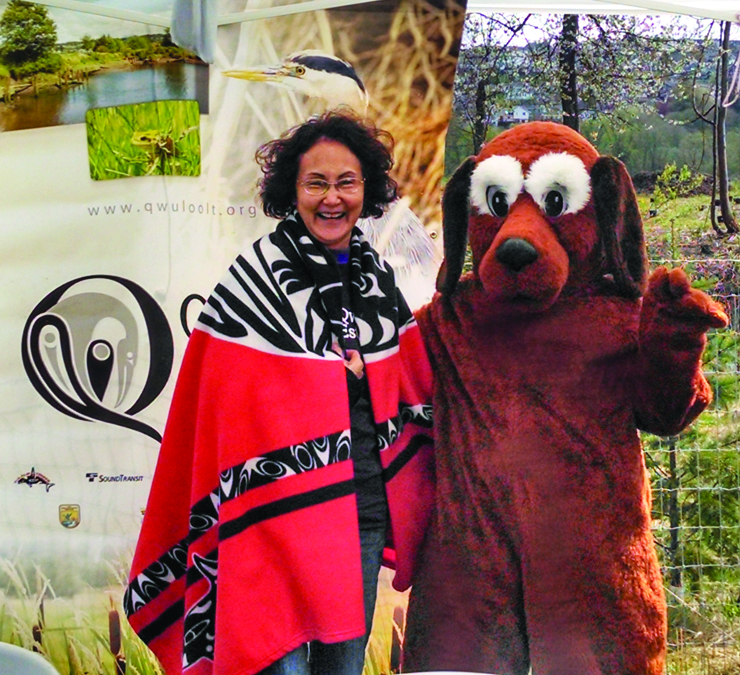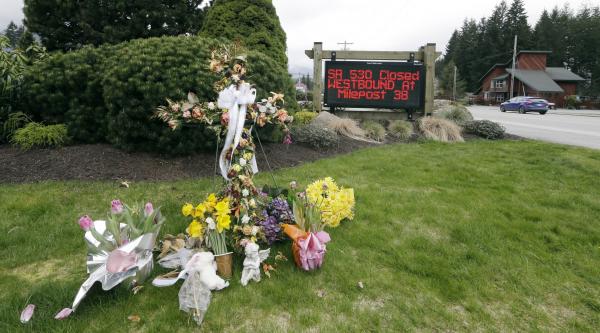By Monica Brown, Tulalip News
It’s time for spring cleaning; let the neat freaks and germaphobes unite. The sun is shining more often and the weather outside is warming up. It’s a perfect time to clear the clutter, organize and clean up the remnants of winter before the hot days of summer are here.
The Tulalip Tribes are supplying garbage dumpster containers at select housing locations (see list below) on April 28th and they will be available for tribal members to use for 3 weeks. Please do not put paint or tires in the dumpsters; leave them outside the container and Solid Waste will pick them up. For disposal of larger items, call the tenant service specialists to make a request.
Spring cleaning tips
Organize your household clutter into five piles; Items that belong in another room, donations, giveaways to a specific person, items to throw away and uncertain items. If the items in the uncertain pile go unclaimed, pack them up and label the box with the date. If in six months to a year you never open the box or can’t remember what is inside, and can stand parting with it, you can safely discard those items.
Clean up dust, dander or mold and sanitize. This is perfect weather to clean those items that have been skipped over during housecleaning or only need once a year cleaning. Steam clean the rugs and couches, sort out and clean the refrigerator, dust behind electronics, wipe down cabinets, doors, windows and light fixtures, sanitize door handles, t.v. remotes, game controllers, phones and light switches.
Tenant Service Specialist for each area
Jolene M. Fryberg 360-716-4842: Mission Highlands, Church site, Battlecreek tax credit apartments, and all tax credit homes 1, 2 and 3
Darla Johnny 360-716-4458: Battlecreek, Silver Village, Quil Meadows
Elizabeth Vosika 360-716-6647: Y-site, Senior apartments, Senior duplexes, Battlecreek apartments, Turk, Quil 1 & 2, Beatty Estate, 28th Ave. and John Sam




